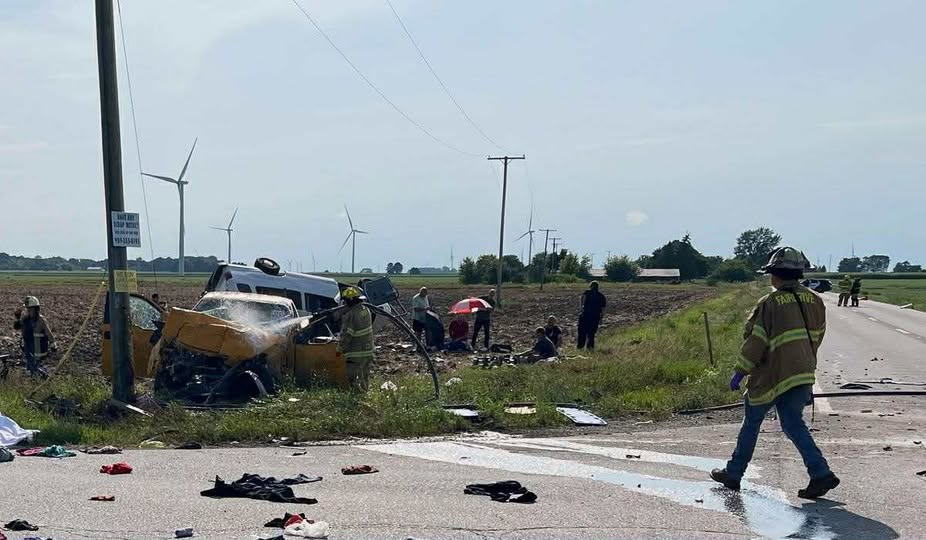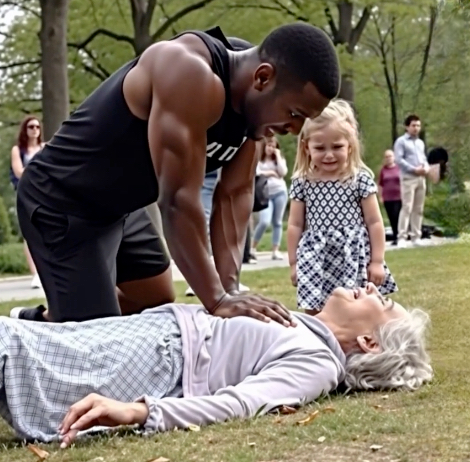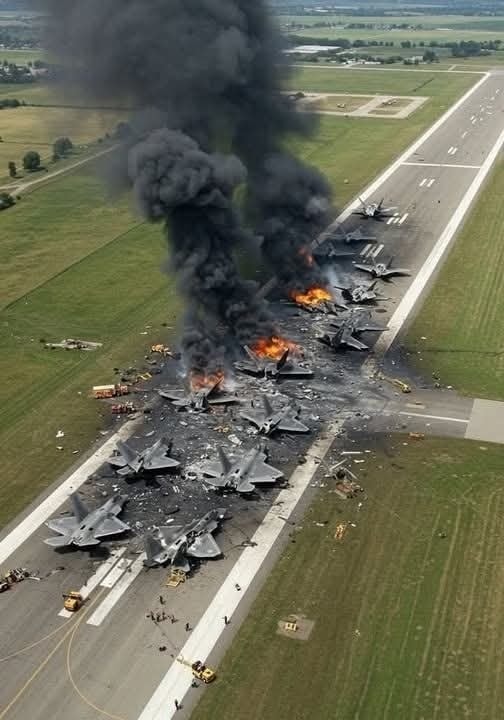Tuesday night in Grão Mogol, in the north of Minas Gerais, turned into a nightmare as a van carrying rural workers collided head-on with a truck on BR-251. The impact was catastrophic, leaving nine people dead and twelve others injured. What should have been an ordinary journey home to their families became one of the worst road tragedies in recent memory, reigniting debate about road safety, illegal passenger transport, and the conditions of Brazil’s federal highways.
What Happened
The van, packed with 19 seasonal workers returning to Ceará after a long day in the fields, was traveling along a stretch of BR-251 known for accidents. According to early reports, the truck suddenly invaded the opposite lane and slammed directly into the van. The crash left the vehicles mangled, debris scattered across the road, and bodies trapped inside twisted metal.
Rescue operations began immediately. Teams from SAMU, the Fire Department, Civil Police, and the Federal Highway Police (PRF) worked tirelessly through the night. Ambulances ferried the wounded to nearby hospitals, while forensic experts and firefighters labored to recover the dead. Despite their efforts, the impact was so severe that survival for many was impossible.
Early Findings
Initial analysis by the Civil Police of Minas Gerais (PCMG) points clearly to the truck as the cause of the accident. Expert Hugo Leonardo confirmed that the vehicle had crossed into the wrong lane, with tire marks, drag lines, and grooves on the asphalt leaving little room for doubt. “It was a determining factor,” he stated.
Still, investigators caution that multiple elements could have contributed. At the time of the accident, rain was falling and the road surface was slick. Visibility was further compromised by fog, and speed may have played a role. BR-251 is notorious for accidents, particularly in poor weather, and the stretch where the crash occurred is considered one of its most dangerous.
The PCMG will publish a full technical report within 30 days, which will determine whether the driver, the trucking company, or other entities bear legal responsibility.
The Victims
Among the 21 people involved, nine lives were lost, including men, women, and even a child. The preliminary list of victims released by authorities paints a tragic picture:
- A boy, 4 years old, from Uberlândia (MG)
- A man, 29 years old, from Crato (CE)
- A man, 33 years old, from Trindade (PE)
- An unidentified elderly man, whose identity is being investigated through fingerprint and facial recognition databases
Forensic teams confirmed that several victims had no documents with them, making identification more difficult. Families across multiple states in the Northeast are now waiting for official confirmation, grieving the possibility that loved ones may never return home.
The injured, numbering 12, remain hospitalized in varying conditions. Some sustained fractures and trauma, while others face critical injuries. Doctors report that several underwent emergency surgeries overnight.
Who Were the Passengers?
The van was carrying rural workers who had been harvesting fruits and vegetables near the Goiás-Minas border, in towns such as Prata, Araguari, and Catalão. Their journey back to Ceará was meant to reunite them with families after grueling seasonal work. Instead, it ended in tragedy.
To make matters worse, the National Land Transport Agency (ANTT) confirmed that the van was not authorized for interstate passenger transport. The irregularity shines a harsh light on a practice all too common in Brazil: rural workers relying on cheap, unauthorized vans and buses for long-distance travel. These vehicles, often poorly maintained and lacking proper licenses, offer lower costs but expose passengers to greater risks.
Statements and Accountability
The truck involved in the accident belonged to OPR Logística, a transport company with nearly three decades of operation. In an official statement, the company expressed its condolences to the victims’ families and pledged cooperation with authorities. “Safety is a priority in our operations,” the statement read. However, questions remain about the driver’s history, the truck’s maintenance record, and whether company practices played any role in the tragedy.
Meanwhile, ANTT has promised to provide all relevant data to assist investigators, particularly regarding the rise in clandestine transport. For labor rights advocates, the accident highlights systemic neglect: poor enforcement of transport regulations, unsafe road conditions, and the vulnerability of Brazil’s rural workforce.
The Broader Picture
Beyond the grief of families and survivors, the accident underscores a larger issue: the fragile state of Brazil’s highways. BR-251 has long been considered a high-risk route, particularly in northern Minas Gerais, where weather, traffic, and poor infrastructure collide to create lethal conditions.
Experts argue that stricter oversight of heavy trucks, better road maintenance, and stronger regulation of passenger transport could prevent tragedies like this. Yet year after year, accidents continue to claim lives, with rural workers and low-income travelers often the most affected.
The Path Ahead
The police investigation will be crucial in assigning responsibility, but for the families of the dead, no report can erase the loss. Communities in Minas Gerais, Ceará, and Pernambuco are now planning wakes and funerals for victims who left home to earn a living and never returned.
For Brazil, the crash is another painful reminder of the urgent need to address highway safety and the exploitation of vulnerable workers. Unless changes are made—both to infrastructure and regulation—BR-251 and other dangerous routes may continue to be synonymous with tragedy.
For now, what remains is mourning, unanswered questions, and the hope that lessons from this catastrophe will not be ignored.



